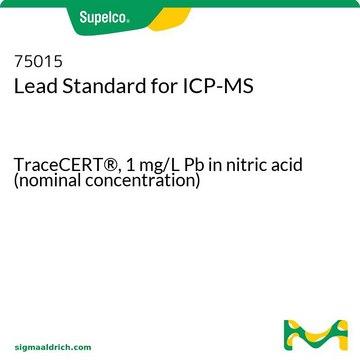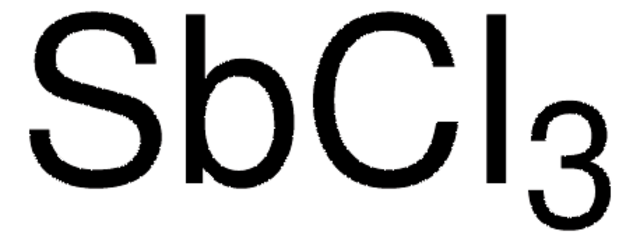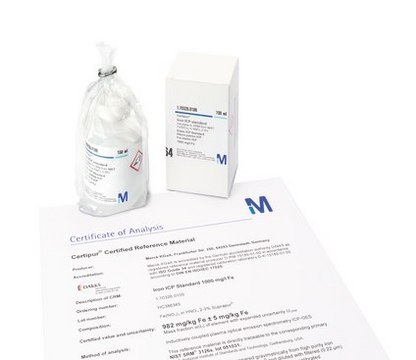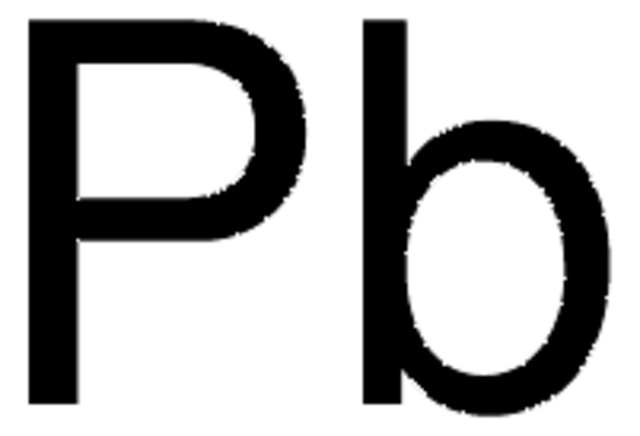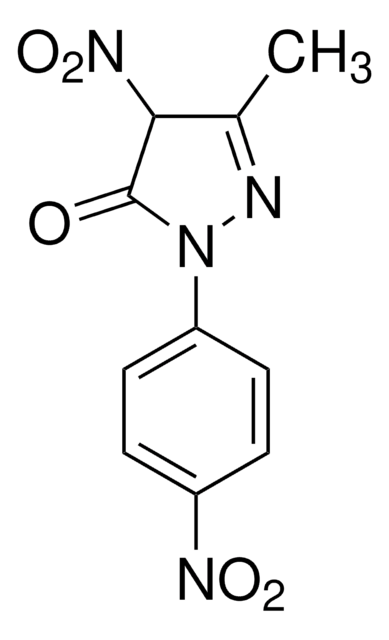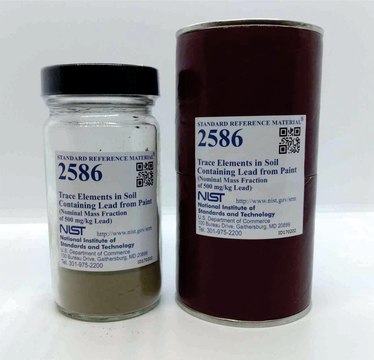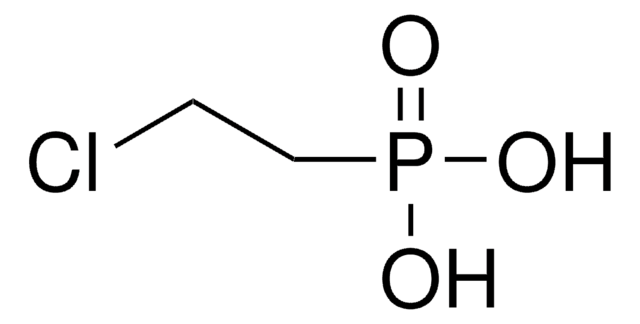All Photos(1)
About This Item
Linear Formula:
PbCrO4
CAS Number:
Molecular Weight:
323.19
EC Number:
MDL number:
UNSPSC Code:
12352300
Recommended Products
grade
ACS reagent
Assay
≥98.0%
impurities
≤0.01% C compounds
≤0.15% solubles
SMILES string
[PbH2++].[O-][Cr]([O-])(=O)=O
InChI
1S/Cr.4O.Pb/q;;;2*-1;+2
InChI key
MOUPNEIJQCETIW-UHFFFAOYSA-N
Looking for similar products? Visit Product Comparison Guide
Signal Word
Danger
Hazard Statements
Precautionary Statements
Hazard Classifications
Aquatic Acute 1 - Aquatic Chronic 2 - Carc. 1A - Repr. 1A - STOT RE 2
Storage Class Code
6.1D - Non-combustible acute toxic Cat.3 / toxic hazardous materials or hazardous materials causing chronic effects
WGK
WGK 3
Flash Point(F)
Not applicable
Flash Point(C)
Not applicable
Personal Protective Equipment
dust mask type N95 (US), Eyeshields, Gloves
Regulatory Information
新产品
Choose from one of the most recent versions:
Already Own This Product?
Find documentation for the products that you have recently purchased in the Document Library.
Eliza Grlickova-Duzevik et al.
Toxicological sciences : an official journal of the Society of Toxicology, 92(2), 409-415 (2006-05-23)
Water-insoluble hexavalent chromium compounds are well-established human lung carcinogens. Lead chromate, a model insoluble Cr(VI) compound, induces DNA damage, chromosome aberrations, and dose-dependent cell death in human and Chinese hamster ovary (CHO) cells. The relationship between lead chromate-induced DNA damage
Amie L Holmes et al.
Toxicology and applied pharmacology, 203(2), 167-176 (2005-02-16)
Hexavalent chromium (Cr (VI)) compounds are established human lung carcinogens. Solubility plays a key role in Cr (VI) carcinogenicity, with the most potent carcinogens being water-insoluble or 'particulate'. Lead chromate is used as the prototypical particulate Cr (VI) compound since
Sandra S Wise et al.
Mutation research, 560(1), 79-89 (2004-04-22)
Hexavalent chromium (Cr(VI)) is a well-established human lung carcinogen with potentially widespread exposure. Solubility is a key factor in the carcinogenicity of Cr(VI), with the water-insoluble or 'particulate' compounds being the more potent carcinogens. Studies have indicated that the component
Earle R Nestmann et al.
Mutation research, 633(2), 126-132 (2007-07-24)
Lead chromate pigment in the form of the commercial pigment, Pigment Yellow 34, CAS No. 1344-37-2, used in the plastics and coatings industries, did not induce chromosome aberrations in Chinese hamster ovary (CHO) cell line WB(L). Lead chromate pigment is
Megan M Stackpole et al.
Mutation research, 625(1-2), 145-154 (2007-07-31)
Particulate hexavalent chromium [Cr(VI)] compounds are well-established human carcinogens. Cr(VI)-induced tumors are characterized by chromosomal instability (CIN); however, the mechanisms of this effect are unknown. We investigated the hypothesis that homologous recombination (HR) repair of DNA double-strand breaks protect cells
Our team of scientists has experience in all areas of research including Life Science, Material Science, Chemical Synthesis, Chromatography, Analytical and many others.
Contact Technical Service
